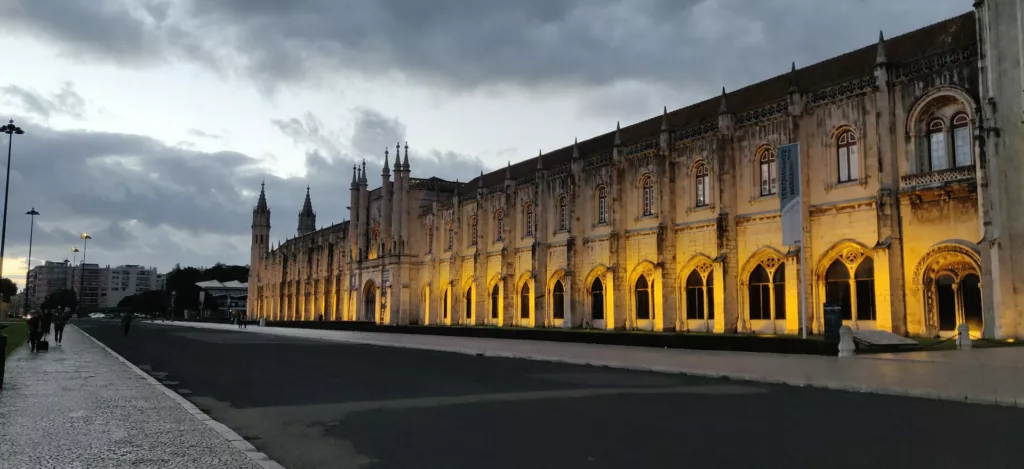Jerónimos Monastery
The Jerónimos Monastery in Lisbon, Portugal, is a magnificent example of the country's architectural and cultural heritage. Built in the 16th century, it is considered one of the most important monuments in Lisbon and one of the most significant examples of Manueline architecture in the world. The monastery is a symbol of Portugal's Age of Discovery, a time when the country was at the forefront of world exploration and expansion.
The construction of the Jerónimos Monastery began in 1502, during the reign of King Manuel I. The king wanted to build a grand monument to commemorate the discovery of a sea route to India by Portuguese explorer Vasco da Gama. The monastery was built on the site of the hermitage of Jerónimo de Santa Maria, a religious community that had existed there for centuries.
The exterior of the Jerónimos Monastery is a mix of Gothic and Renaissance styles, with intricate carvings and sculptures covering its walls. The central portal, known as the Portico de la Gloria, is a masterpiece of Manueline architecture, featuring intricate carvings of maritime themes, including ropes, anchors, and marine creatures. The facade also features the arms of Portugal and the royal family, as well as the statue of King Manuel I.
The interior of the Jerónimos Monastery is just as impressive as its exterior. The church, with its ribbed vaults and stained-glass windows, is a masterpiece of Gothic architecture. The church also features a beautiful cloister, with delicate arches and intricate carvings. The chapter house, where the monks met, is adorned with carved wooden stalls and a beautiful altarpiece.
One of the most notable features of the Jerónimos Monastery is the tombs of Vasco da Gama and King Manuel I. The tombs are located in the church and are considered some of the finest examples of Renaissance sculpture in Portugal. The tomb of Vasco da Gama is particularly impressive, with its ornate sculptures and intricate carvings.

In the 20th century, the Jerónimos Monastery was converted into a museum, and it remains one of the most popular tourist attractions in Lisbon. Visitors can explore the church, cloister, chapter house, and museum, which houses a collection of artifacts related to the history of the monastery and the Age of Discovery. The museum collection includes religious art, manuscripts, and objects from the Age of Discovery, including maps, navigational instruments, and even a replica of Vasco da Gama's ship, the São Gabriel.
The Jerónimos Monastery is also a symbol of Portugal's maritime heritage and its role in the Age of Discovery. The intricate carvings and sculptures that adorn the building depict the sea, ships, and navigational instruments, and are a testament to the country's maritime traditions. These maritime themes reflect Portugal's status as a major naval power during the Age of Discovery, when the country was at the forefront of world exploration and expansion.
The Jerónimos Monastery is not just an architectural gem but also an important symbol of Portugal's cultural heritage. It represents the country's maritime traditions and its role as a major player in the Age of Discovery. The monastery is a testament to the creativity and skill of Portuguese architects, sculptors, and artists, who created a monument that has stood the test of time and remains one of the most beautiful and impressive buildings in Portugal.
In 1983, the Jerónimos Monastery was declared a UNESCO World Heritage Site, and it continues to be one of the most important monuments in Portugal. Today, it is a popular tourist destination, attracting visitors from around the world who come to see its stunning architecture and majestic setting in Belém.
© Lisbon Sintra Tours | All rights reserved 2025
Lisbon Web Design | Lisbon SEO by Incremento
Lisbon Sintra Tours specialises in bespoke private tours throughout Portugal, offering personalised itineraries, expert tour guides, and a range of cultural experiences.
Follow us
Menu
Address
Rua dast Trinas 79
Lisboa
Portugal